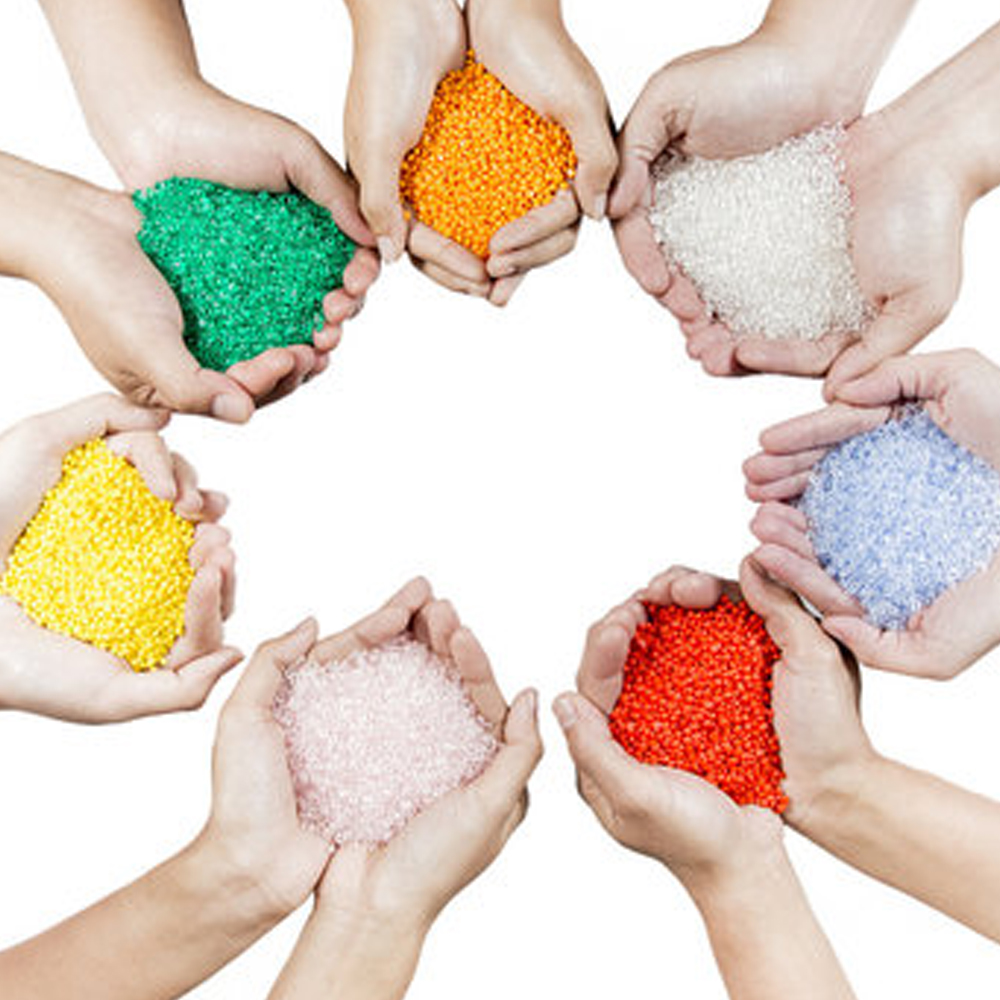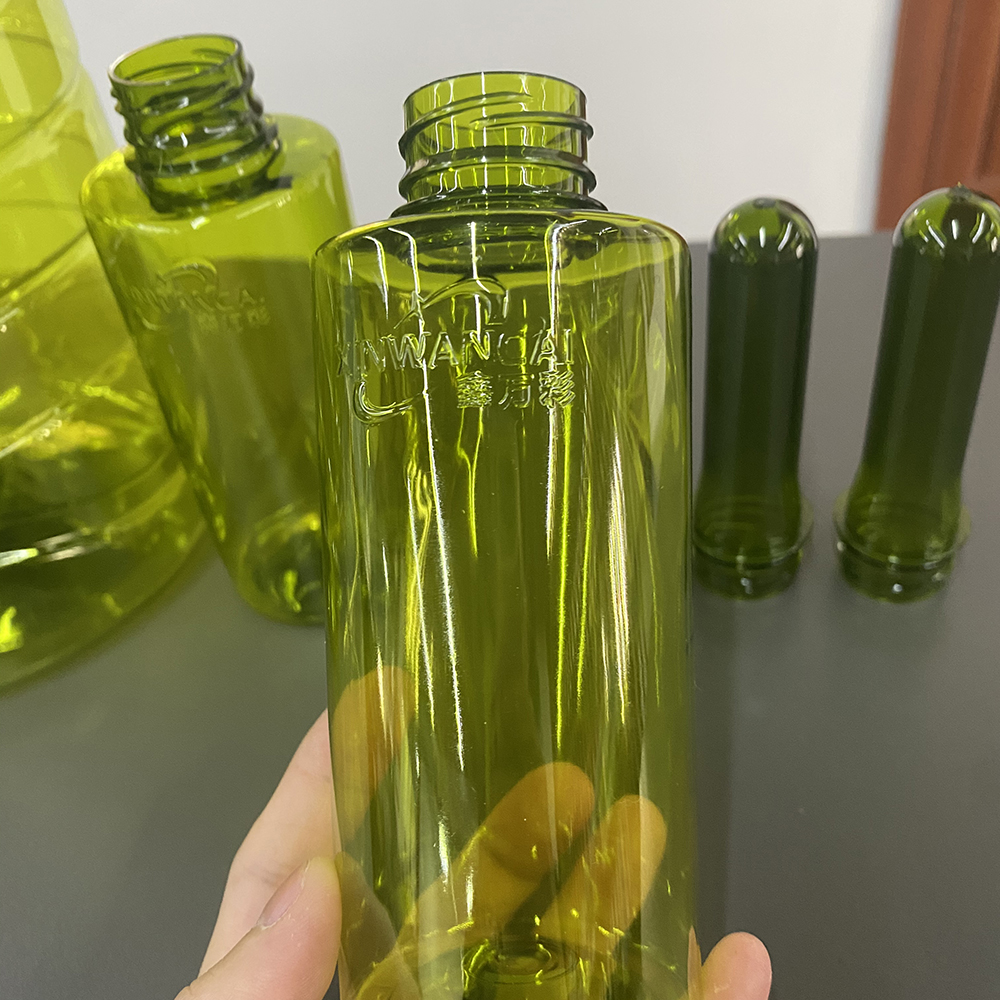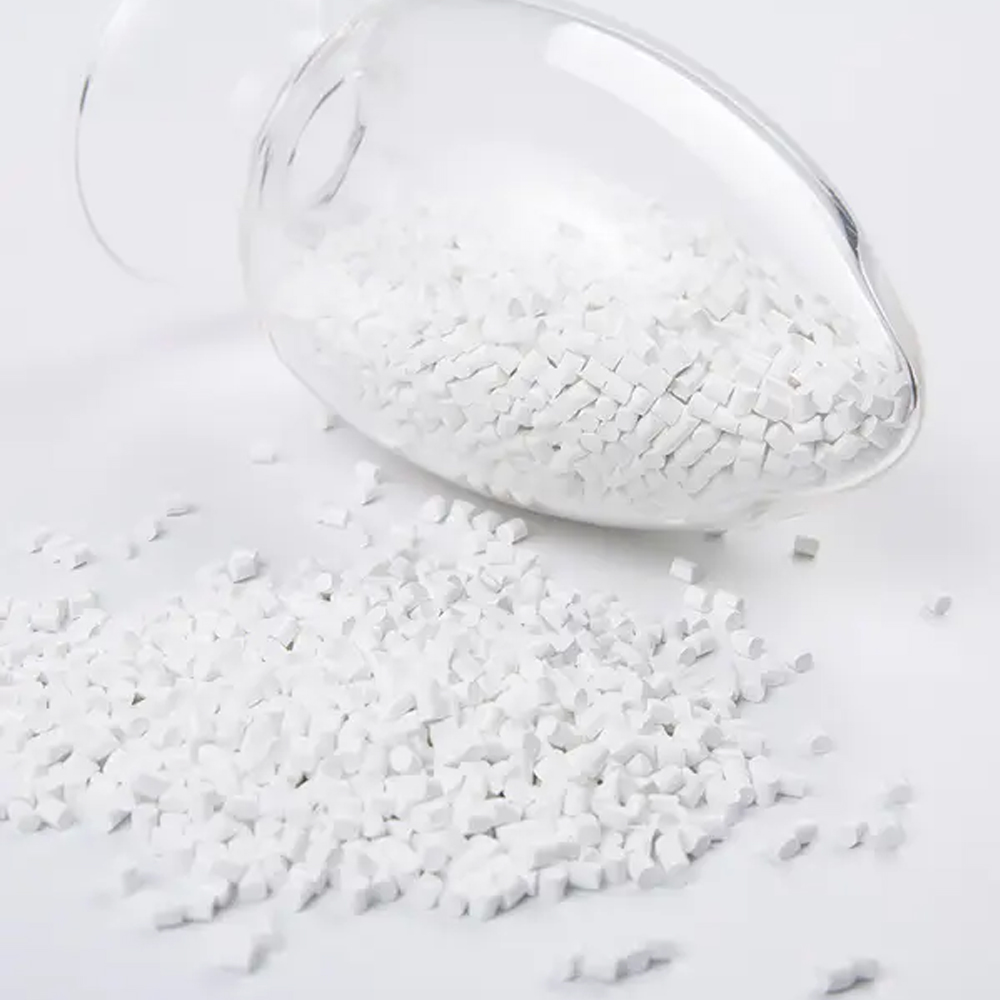
The Role of Masterbatch in the Plastic Industry
Masterbatch, a solid plastic additive, serves a crucial purpose in the plastic industry. It is used to introduce color (color masterbatch) or enhance the properties of plastics (additive masterbatch).
Essentially, masterbatch is a concentrated blend of pigments and/or additives enclosed within a carrier resin through a heating process. Afterward, it is cooled and transformed into granular form. Masterbatches provide an efficient and cost-effective means to color raw polymer during the plastics manufacturing process.
There are alternative methods to employing masterbatches, such as purchasing completely compounded materials or compounding on-site from raw materials. However, masterbatches offer certain advantages. Although they require more storage space and have longer lead times compared to pure pigments, they are a popular choice. Additionally, they subject the carrier and additives to more heat exposure, which may be necessary for marginally thermally stable pigments.
The use of masterbatches mitigates issues related to additive or colorant clumping and poor dispersion. These additives in masterbatches are present in higher concentrations than in the final polymer, ensuring that they are evenly distributed in the host resin. This application is somewhat akin to the use of ferroalloys to introduce alloying elements to steels.
Masterbatches can be highly concentrated, often requiring high “let-down ratios.” For instance, one 25 kg bag can be used for one tonne of natural polymer. This high concentration allows for precise dosing of small amounts of costly components. Furthermore, the solid form of granules in masterbatches minimizes dust concerns commonly associated with fine-grained solid additives. As solid masterbatches are solvent-free, they have a longer shelf life since there is no solvent evaporation over time. Typically, masterbatches consist of 40-65 percent of the additive, though in some cases, the range can be as broad as 15-80 percent.
The typical ratio of masterbatch to base resin is approximately 1 to 5%. Multiple masterbatches, including color and additive varieties, can be used simultaneously. Additionally, the carrier within the masterbatch can serve as a plasticizer (common in liquid masterbatches) or a processing aid.
Typically, machines are fed with pre-mixed granules of the base polymer and the masterbatch. The final blending takes place within the machine’s screw and extrusion section. However, it’s important to note that the masterbatch and base material can be separated, which may have negative consequences. Liquid masterbatches can also be introduced directly into the machine’s screw, either in solid form or via a peristaltic pump for liquid masterbatches. The use of liquid masterbatches allows for highly accurate dosing and swift color changes between machine runs.
Masterbatches offer a range of advantages for finished plastic products:
Enhanced Productivity: Masterbatches contribute to increased production efficiency, particularly in terms of volume. They also enable downgauging due to improved physical properties of films.
Cost Savings: The high specific heat of CaCO3 components in masterbatches helps reduce material costs by requiring less energy to power the machine.
Improved Physical Properties: Masterbatches play a crucial role in enhancing various physical properties of plastic products, including:
In conclusion, masterbatch stands as a fundamental component in the plastic industry, offering a cost-effective and efficient solution for coloring and enhancing plastic materials. Its concentrated form of pigments and additives encapsulated within a carrier resin streamlines the manufacturing process, providing a host of advantages.
The precision of dosing, ease of dispersion, and the ability to simultaneously use multiple masterbatches are key factors contributing to the popularity of this approach. The solid form of masterbatches minimizes dust-related concerns, and their solvent-free nature results in an extended shelf life.
Moreover, masterbatches bring a host of benefits to the production of plastic products, including increased productivity, cost savings, and the enhancement of physical properties such as toughness, flexural stiffness, adhesion, and printability.
As the plastic industry continues to evolve and prioritize efficiency and cost-effectiveness, masterbatches are poised to remain a cornerstone in the quest for high-quality, vibrant, and functional plastic products. Their versatility and effectiveness make them a valuable asset in the world of plastics, serving as a testament to innovation and progress in this dynamic industry.
Learn more knowledge and trends in masterbatch industry from our blog.

Masterbatch, a solid plastic additive, serves a crucial purpose in the plastic industry. It is used to introduce color (color masterbatch) or enhance the properties of plastics (additive masterbatch).

Iplastar stands as a global leader in PET masterbatches, known for creating vibrant and rich shades unachievable with traditional pigments or dyes.

For businesses operating in sectors such as packaging, automotive, consumer goods, construction, or textiles, familiarity with Masterbatch is likely crucial in the manufacturing process.
©2023. Masterbatch Manufacturer All Rights Reserved.
Our team will send back the best offer in 20 minutes.